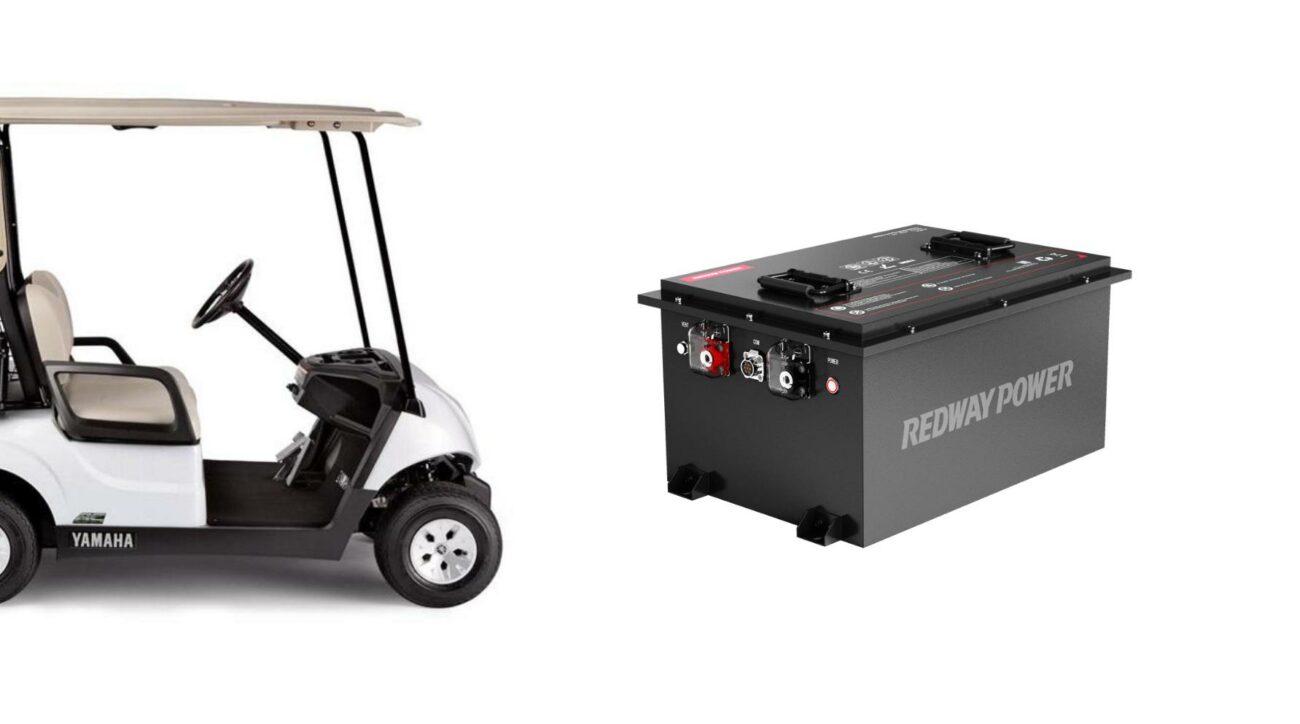As electric mobility revolutionizes transportation, understanding battery technology becomes crucial for enthusiasts. While modern eBikes predominantly use lithium-ion batteries, examining industrial-grade power sources like flooded lead acid (FLA) batteries reveals important lessons about energy storage fundamentals, maintenance best practices, and technological evolution. This exploration helps riders appreciate their eBike’s advanced power systems while learning universal battery care principles.
48V 300Ah Lithium Forklift Battery
The Foundation: Flooded Lead Acid Battery Mechanics
Flooded lead acid batteries power industrial workhorses like forklifts and airport ground vehicles through a time-tested electrochemical process. When discharging, chemical reactions between lead plates and sulfuric acid electrolyte generate electricity, with gas vents managing hydrogen byproducts. These deep-cycle batteries deliver:
- 8-12 hour operational runtimes
- 1,000+ charge cycles with proper maintenance
- 50% lower upfront costs than sealed alternatives
Battery Technology Comparison
| Feature | Flooded Lead Acid | eBike Lithium-ion |
|---|---|---|
| Energy Density | 30-50 Wh/kg | 150-200 Wh/kg |
| Maintenance | Monthly watering | Sealed maintenance-free |
| Lifespan | 3-5 years | 5-8 years |
From Industrial to Personal Mobility: Battery Evolution
Where FLA batteries power 62% of electric forklifts, eBikes demand more sophisticated solutions. Lithium-ion technology addresses key limitations:
Advancements Driving eBike Adoption
- Weight Reduction: A typical 48V eBike battery weighs 7-9 lbs vs. 100+ lbs for equivalent FLA systems
- Fast Charging: 4-hour full charges vs. 8+ hours for FLA batteries
- Smart Management: Integrated battery management systems (BMS) prevent overcharge/overdischarge
Modern eBike batteries incorporate graphene additives and nickel-rich cathodes, achieving 40-mile ranges per charge. The 2023 Bosch PowerTube 750 exemplifies this progress with:
- 750Wh capacity in compact frame integration
- 1000+ charge cycle lifespan
- Thermal sensors for safe -20°C to 60°C operation
Environmental Impact Analysis
Both battery types contribute to sustainable transportation but differ significantly:
Recyclability
FLA: 99% recyclable
Li-ion: 50-80% recyclable
Carbon Footprint
FLA: 30kg CO2/kWh
Li-ion: 60kg CO2/kWh (offset in 18 months of use)
eBikes demonstrate superior operational efficiency, requiring only 20-40 watt-hours per mile compared to 400+ Wh/mile for electric forklifts. Urban commuters can save 1.5 tons of CO2 annually by replacing car trips with eBike use.
Maintenance Wisdom Across Technologies
While eBike batteries require less hands-on care than FLA systems, industrial maintenance principles still apply:
Universal Battery Care Practices
- Charge Management: Avoid full discharges (keep above 20% charge)
- Temperature Control: Store at 10-25°C (50-77°F)
- Connection Care: Clean terminals annually with dielectric grease
eBike-specific maintenance innovations include:
- Bluetooth-enabled charge monitoring
- Waterproof battery casings (IP67 rating)
- Swappable battery systems for continuous operation
Choosing Your eBike Power System
When selecting an eBike battery, consider these technical specifications:
Capacity Needs
- Urban commuting: 400-600Wh
- Mountain biking: 700-900Wh
- Cargo hauling: 1000Wh+
Voltage Standards
- 36V: Entry-level systems
- 48V: Balanced performance
- 52V: High-performance models
Premium batteries like the Shimano BT-E8036 feature:
- 3-hour quick charging
- Battery health monitoring via smartphone apps
- Regenerative braking compatibility
Future-Proofing Battery Technology
Emerging innovations promise to bridge industrial and consumer battery advantages:
Next-Gen Developments
- Solid-State Batteries: Safer, higher-density alternatives entering testing phases
- AI-Optimized Charging: Adaptive algorithms extending lifespan by 30%
- Solar Integration: 10-15 mile daily range from integrated solar cells
Manufacturers are exploring FLA-inspired innovations like:
- Self-watering systems for high-capacity stationary storage
- Lead-carbon hybrid designs improving charge acceptance
- Recycled material batteries achieving 95% reclaimed content
Frequently Asked Questions
- Can industrial battery maintenance practices improve eBike battery life?
- Yes! Regular partial charges and avoiding extreme temperatures extend lifespan for both technologies. However, never attempt to service sealed eBike batteries.
- How do charging costs compare between FLA and lithium systems?
- eBike batteries cost $0.08-$0.12 per charge vs. $1.50-$2.00 for industrial FLA batteries. Both are 90%+ efficient compared to 20-30% for gas engines.
- What safety precautions differ between technologies?
- FLA requires acid spill precautions and ventilation, while lithium systems need protection from physical damage and thermal runaway prevention.
As battery technology continues evolving, eBike riders benefit from both cutting-edge innovation and decades of industrial energy storage wisdom. By understanding these fundamental power principles, enthusiasts can make informed decisions, maximize their investment, and contribute to sustainable transportation solutions.



